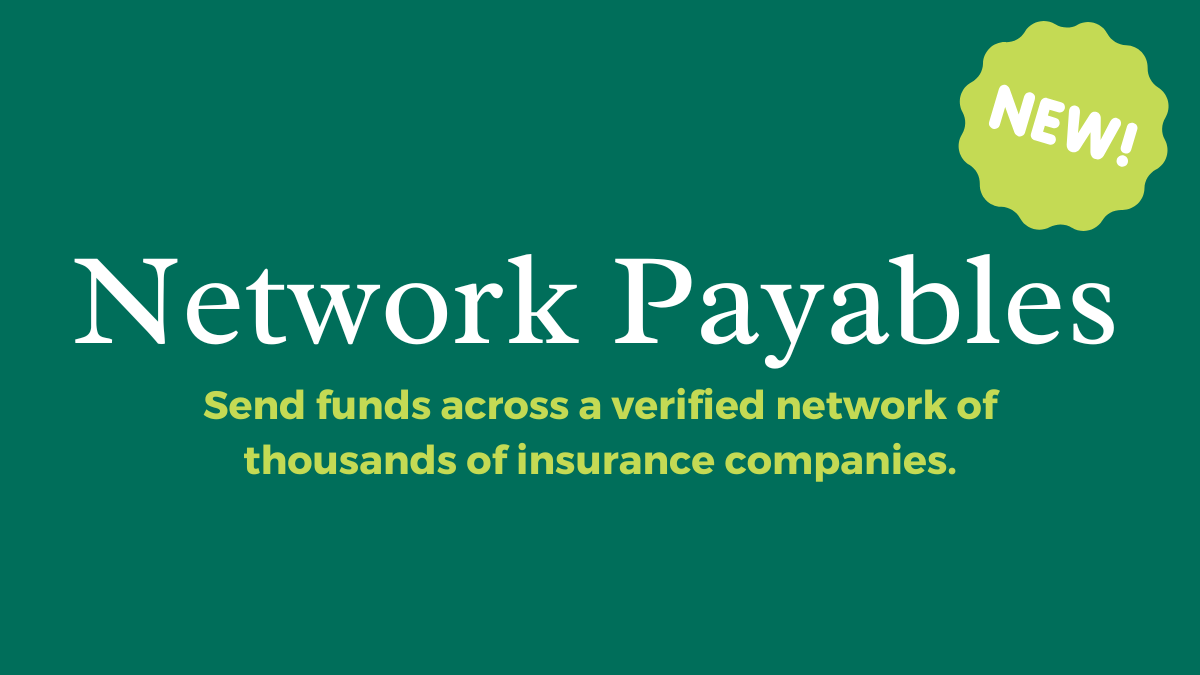The new year is upon us. It’s a time where independent agents, like yourself, set their sights on the future. Strategic goal-setting is typically the name of the game, allowing agents to focus their efforts in the right direction.
The issue is, you can’t just set new goals and hope for the best. Instead, you need a solid plan to achieve them. While that might sound tricky at first, it doesn’t have to be a challenge. By using the right approach, you can crush your goals in 2022. Here’s how to get started.
Choosing Goals as an Independent Agent
First, you can’t crush your goals in 2022 if you don’t have a target in mind. While you ultimately want your objectives to be well-defined, you don’t have to start that way. Instead, begin with a basic brainstorming session, jotting down ideas as they come to mind.
Whether a potential goal seems small or wild, give it a fair shake. The idea is to get a better grip of what you actually want, allowing ideas to flow unrestricted. Even if the target seems inconsequential at first, write it down. If a goal is meaningful, its size doesn’t matter.
Similarly, if a target is incredibly bold, capture it, too. You’ll never know if it’s achievable if you don’t give it a chance.
If you’re genuinely struggling for ideas, here are some basic options that work for many independent agents:
- Boost growth
- Speed up response times
- Set up a referral program
- Update the agency’s online presence to increase traffic
- Explore a new marketing technique
As you consider your choices, above all, be reasonable. It’s okay to make a target challenging, requiring you to stretch a bit. However, you don’t want to go too far. If a goal feels impossible to achieve, it’s incredibly demotivating. The purpose is not to create fear that you’ll never get where you want to go, but to inspire success, so make that your priority.
Refining Your Goals to Make Them Actionable
Once you have some basic goals outlined, you need to refine them, ensuring they’re actionable and measurable. In most cases, that means adopting a sound strategy.
By choosing a known framework for your goals and updating all of your initial objectives to align with them, you’ll have an easier time refining your targets. Here’s a quick look at some tactics that can make this part a whole lot easier.
SMART Goals
When it comes to the quintessential goal-setting strategy, look no further than SMART goals. SMART stands for Specific, Measurable, Achievable, Relevant, and Time-Bound, outlining all of the characteristics of a well-defined target. Here’s a deeper dive into what each point means:
- Specific: the goal is well-defined, giving you a clear indication of what you want to achieve, why it’s an important target, and what it takes to make it happen
- Measurable: the goal has an endpoint that marks success, as well as an associated metric that allows for progress tracking.
- Achievable: the goal is realistic and doable on a practical level, making attainment possible.
- Relevant: the goal applies to your agencies in a meaningful way, making it inherently motivating and valuable to pursue.
- Time-bound: the goal has a deadline for completion, creating a sense of urgency based on the presence of a time constraint.
For example, instead of using “boost growth” as your goal, you’d adjust the target to align with the SMART framework. You could end up with an objective like “boost organic growth by 10 percent in the next 12 months by refining our value proposition and implementing data-driven changes designed to increase customer satisfaction and secure new referrals through our updated referral rewards program.”
With that updated version, you know precisely what you’re trying to accomplish, how to measure your progress, and when you want to get it done, making it an actionable goal.
Objectives and Key Results
If you’re looking for a simpler option that also comes with a degree of agility, the objectives and key results (OKRs) strategy could be a better fit.
You start with a simple target, like “update the agency’s online presence to increase traffic.” Then, you outline the deliverables or actions you need to take to make that goal a reality. One key result might be “perform an SEO analysis and integrate new keywords to boost the agency’s site’s position in search results.”
Essentially, you’ll create a to-do list that aligns with the initial goal. This option works incredibly well if a target isn’t easy to quantify or is inherently hard to define, as it lets you bring more detail into the equation through the addition of supporting key results, making the goals actionable.
Create Your Goal-Crushing Roadmap
Now that you have defined actionable goals, it’s time to take it up a notch. You’re going to create a goal-crushing roadmap, giving you a path to follow to achieve success.
Essentially, you’re outlining a step-by-step process that will take you from where you are right now to where you want to get by the end of the year. In some cases, this is pretty easy. You just consider what you need to do now to get on the path and then outline what comes next, continuing on until the roadmap is done.
If you find that approach difficult, then working backward could be easier. Focus on your goal and then determine what needs to happen right before that to make it happen. Then, figure out what occurs before that step, and so on, and so on until you work your way back to where you are now.
As you outline a step, take a moment to determine any resources you need and the amount of time it’ll take to complete. That way, you make the path as easy to follow as possible.
Additionally, don’t view your roadmap as rigid. Things happen over the course of the year, and you might have to pivot. By thinking of your roadmap as a living, breathing document, you’ll have an easier time adjusting it down the line if the need arises.
Track (and Celebrate) Your Progress
After creating your roadmap, it’s time to get moving. Start with the first step, working diligently to complete it within your set timeline. As you make progress, note it on your roadmap. Additionally, when you complete a step in full, cross it off the list, taking a moment to recognize the achievement, as that will help you stay motivated.
Ideally, you want to check your progress regularly, such as once a month. That way, you’re reminding yourself of your target and ensuring you remain committed to your goal. Plus, you’re creating opportunities for adjustments if the unexpected happens, ensuring you can keep moving toward a critical objective strategically.
Apply the Process to Other Goals
The process above mainly focuses on agency-oriented professional goals, but it can work for personal or career-oriented ones, too. Simply choose the angle you want to explore, and apply the strategy to it. That way, you’ll be able to crush any type of goal in 2022.
Looking for More Independent Insurance Agency Tips?
At ePayPolicy, the OKR approach is how we crush our goals each and every year. It lets us work from the top down, ensuring our objectives are clear and everything remains in alignment.
If you’re looking for more tips about goal-setting for independent agents, we’ve got you covered. Follow us on Facebook for more tidbits, tricks, and insights.
- Steve Millerhttps://epaypolicy.com/blog/author/steve-miller/
- Steve Millerhttps://epaypolicy.com/blog/author/steve-miller/
- Steve Millerhttps://epaypolicy.com/blog/author/steve-miller/
- Steve Millerhttps://epaypolicy.com/blog/author/steve-miller/




